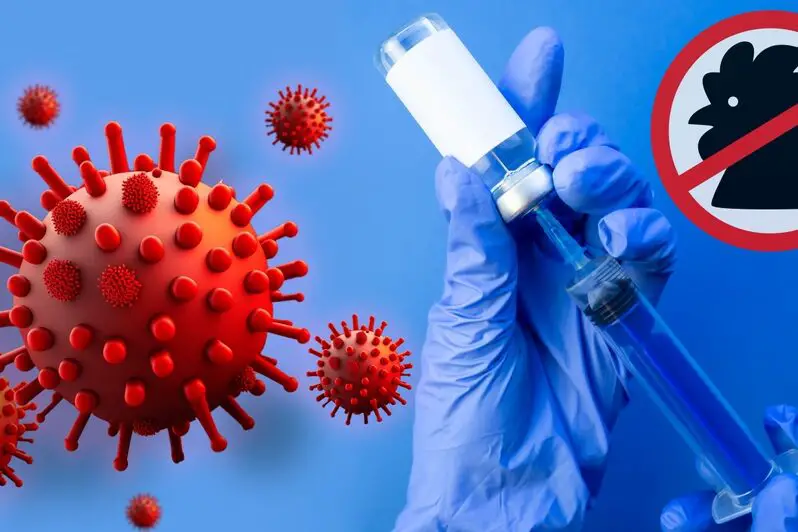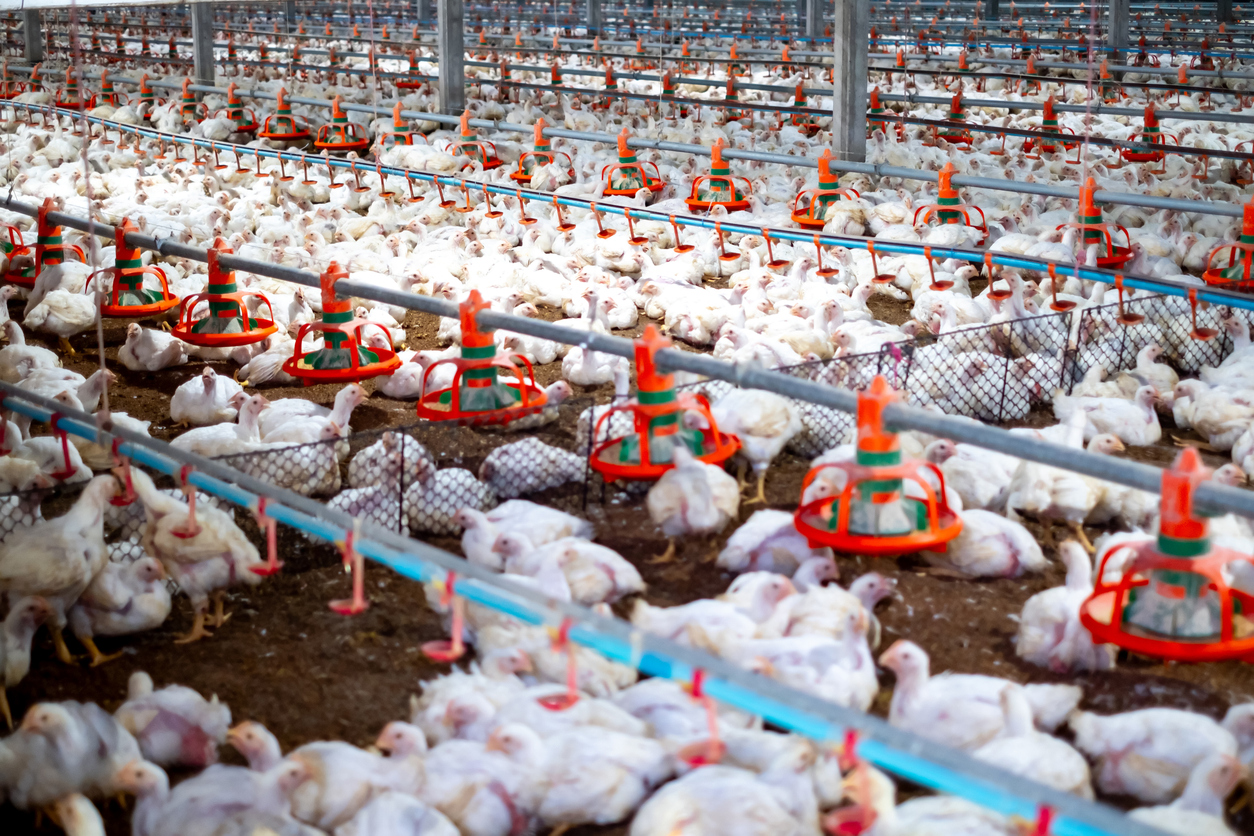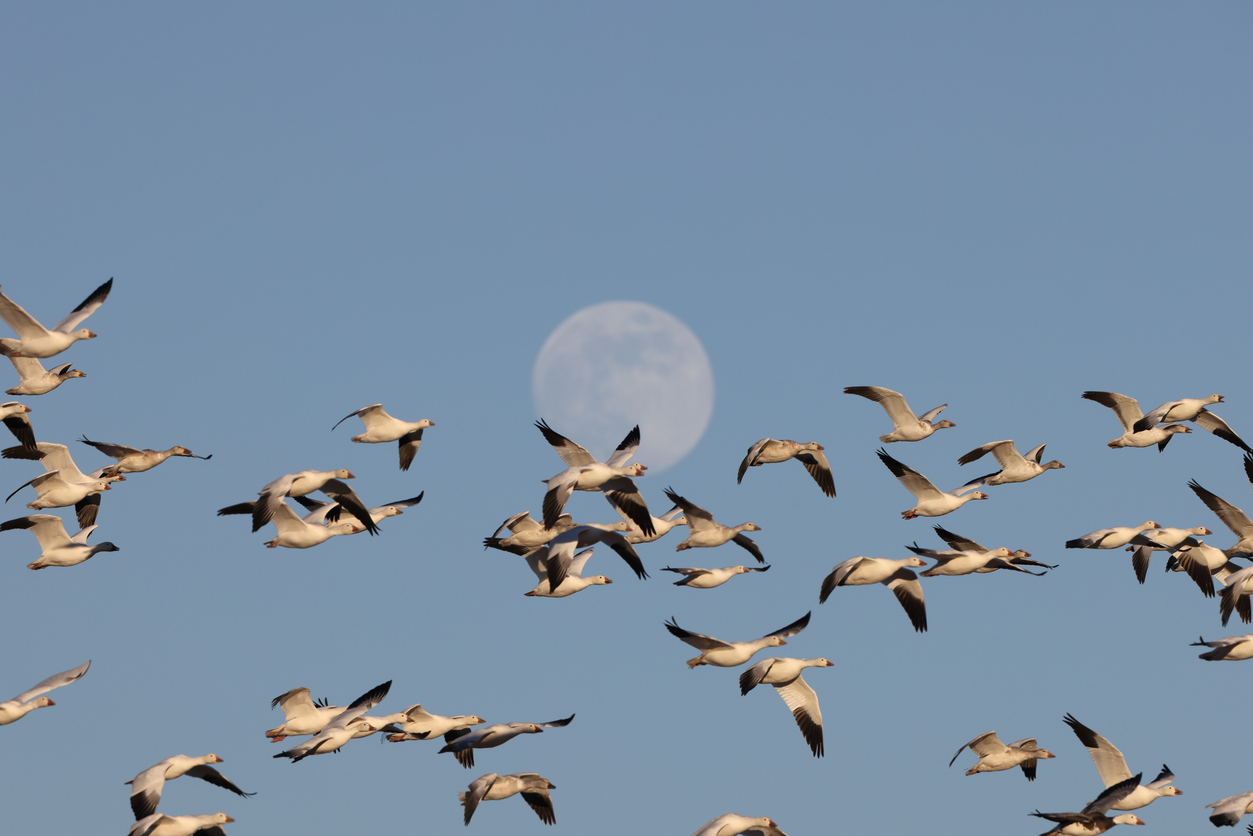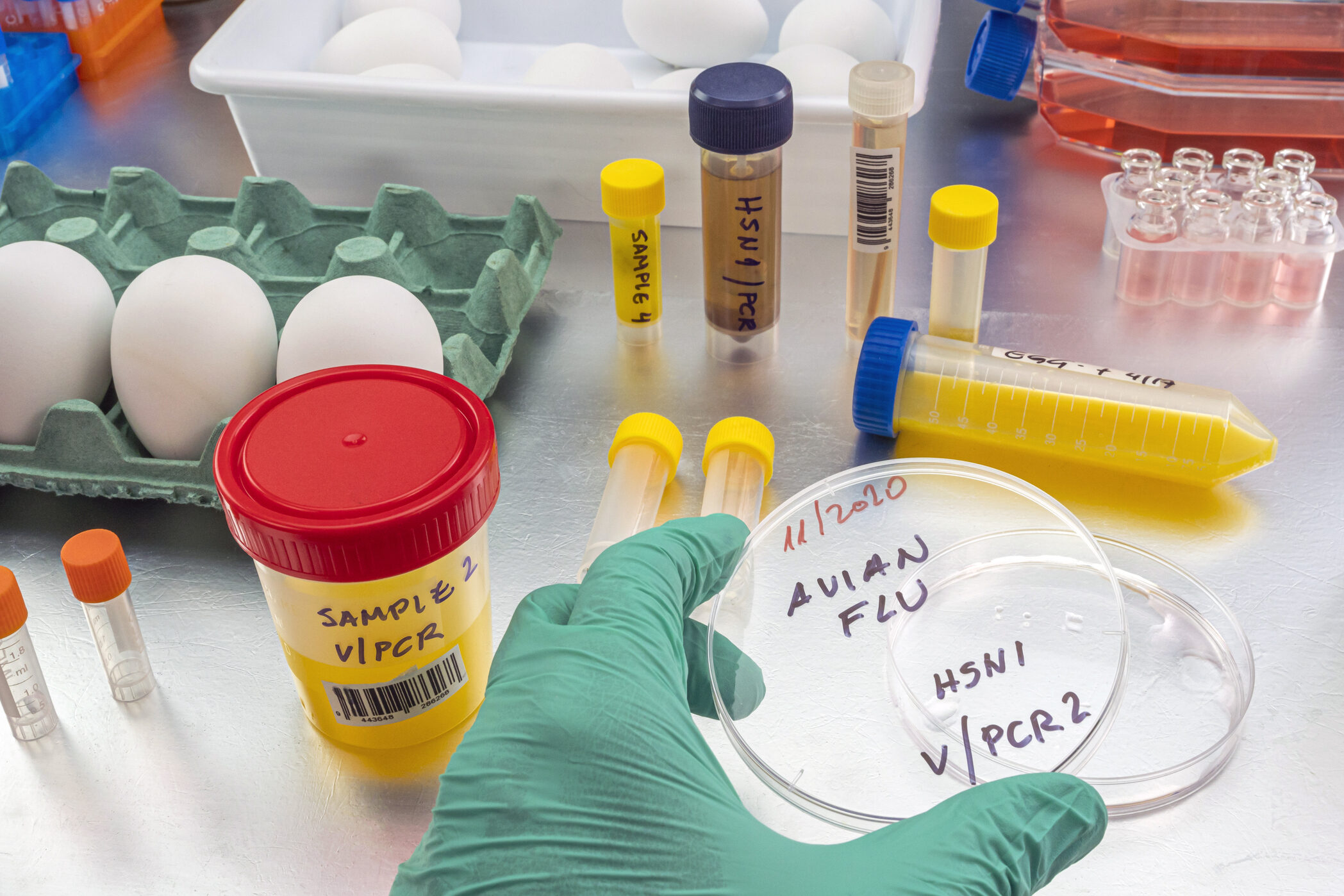1. Bird Flu Isn’t Just a Problem for Birds

When people hear “bird flu,” they often assume it’s something that only affects chickens and ducks, but that’s far from the whole story. Bird flu, or avian influenza, is caused by viruses that primarily infect birds, but some strains have managed to jump to humans. And when they do, the consequences can be severe. The virus spreads easily among wild birds, especially migratory ones, which means it can travel across countries and continents without warning. That’s why outbreaks pop up in unexpected places, sometimes even in nations with strict safety measures in place.
For humans, the real danger comes when people come into direct contact with infected birds or contaminated environments. This often happens in live poultry markets, farms, or even in homes where people raise birds. While human infections are rare, they can be deadly when they do occur. Scientists worry that if the virus mutates further, it could spread from person to person more easily. If that happens, we could be looking at the next global health crisis.
2. It’s More Lethal Than the Seasonal Flu

iStock/ Md Babul Hosen
Most people have had the flu before—the fever, chills, body aches, and overall misery that comes with it. But bird flu is an entirely different beast. Some strains, like H5N1, have a mortality rate of over 50% in humans. Compare that to seasonal flu, which usually has a fatality rate of less than 1%, and you’ll see why experts take bird flu so seriously. If you get infected with a severe strain, the odds are stacked against you in a way that regular flu can’t even come close to.
What makes it worse is how aggressively it attacks the body. Many people who contract bird flu develop severe pneumonia, multi-organ failure, and extreme breathing difficulties. In many cases, hospitalization isn’t just recommended—it’s necessary. And unlike seasonal flu, which mainly threatens the elderly and immunocompromised, bird flu has taken down young, otherwise healthy individuals in a matter of days. It’s the kind of illness that doesn’t just ruin your week—it can change your life forever.
3. A Bird Flu Pandemic Could Happen in Our Lifetime

Pandemics don’t come out of nowhere—scientists can often see them brewing years in advance. Bird flu has been on their radar for decades because it has all the ingredients for a global outbreak. Some of history’s worst pandemics, including the 1918 Spanish flu, are believed to have originated from birds. If bird flu ever mutates in a way that makes it spread easily from human to human, it could unleash a public health crisis unlike anything we’ve seen in modern history.
Right now, bird flu isn’t easily transmissible between humans, but every new outbreak increases the chances of that changing. Viruses evolve constantly, and a small genetic shift could be all it takes to make bird flu a full-blown pandemic threat. Imagine a flu that spreads like COVID-19 but is far deadlier—that’s the nightmare scenario scientists are working hard to prevent. It’s not a question of if another pandemic will happen, but when.
4. The Symptoms Can Be Severe and Unpredictable

You might think bird flu feels just like regular flu, but that’s not always the case. Sure, early symptoms can look familiar—fever, cough, sore throat, muscle aches, and fatigue. But for many patients, things take a much darker turn. Severe cases often lead to high fevers, difficulty breathing, and rapid deterioration that can result in respiratory failure. Some people experience neurological symptoms like confusion, seizures, and even loss of consciousness, making it a terrifying illness to face.
What makes it even scarier is how unpredictable it can be. Some people might only have mild symptoms, while others rapidly decline within days. Unlike seasonal flu, which usually hits the elderly the hardest, bird flu doesn’t discriminate. There have been cases of young, healthy adults dying within weeks of infection. The randomness of who gets severely ill makes it all the more alarming.
5. It’s Already Spreading in Unexpected Ways

Many people assume bird flu is only a problem for farms and rural areas, but that’s not true. The virus is spreading at an alarming rate, not just among birds but also among wild mammals. Recent outbreaks have found bird flu in foxes, bears, and even seals, which raises new concerns about whether it could adapt to infect humans more efficiently. Every time the virus jumps to a new species, it’s another opportunity for it to mutate into something even more dangerous.
Wild birds, especially migratory species, are a huge factor in the virus’s spread. They can carry bird flu without showing symptoms and unknowingly pass it to poultry farms, backyard flocks, and even city parks. This means that no place is truly safe from bird flu. Even if you don’t work with birds or live near a farm, the risk isn’t as far away as you might think. The more it spreads, the closer we get to a potential human outbreak.
6. Cooking Chicken Properly Can Keep You Safe

If you love eating chicken, you might be wondering if bird flu poses a risk to your dinner plate. The good news is that properly cooked poultry is completely safe to eat. Bird flu viruses don’t survive high temperatures, so as long as you cook your chicken to at least 165°F (75°C), you don’t have to worry. The real danger comes from handling raw poultry carelessly, especially if you don’t wash your hands, kitchen surfaces, or utensils properly.
Cross-contamination is the biggest risk when it comes to food safety. If raw chicken juices come into contact with fresh vegetables or other foods, the virus could spread that way. That’s why it’s so important to practice good hygiene in the kitchen. Wash your hands thoroughly, use separate cutting boards for raw meat and produce, and always disinfect surfaces after handling poultry. A little extra caution in the kitchen could mean the difference between staying healthy and exposing yourself to dangerous pathogens.
7. Bird Flu Vaccines Exist, But They’re Not Widely Available

Unlike the seasonal flu, where vaccines are updated and distributed every year, bird flu vaccines for humans are not widely available. The reason? Bird flu hasn’t yet reached the stage where it spreads easily from person to person, so mass production of a vaccine hasn’t been a priority. However, scientists have been working behind the scenes for years, developing and stockpiling vaccines just in case the virus makes that dreaded leap.
The challenge is that bird flu viruses mutate rapidly, meaning a vaccine developed today might not be effective against tomorrow’s strain. If a bird flu pandemic were to start, global vaccine production would need to ramp up fast—and that’s easier said than done. While some governments have emergency stockpiles, most of the world would have to wait months before vaccines became available. That’s why prevention and surveillance remain the best defense for now.
8. The Poultry Industry Takes a Huge Hit Every Outbreak

Every time bird flu spreads to a new country, it’s not just a health crisis—it’s an economic disaster. Poultry farms are often forced to cull (kill) millions of chickens and ducks to stop the virus from spreading. In some cases, entire businesses shut down overnight, leaving farmers devastated and economies in turmoil. The ripple effect is massive, impacting everything from egg prices to international trade.
For consumers, this can mean skyrocketing prices on poultry products, egg shortages, and even restrictions on imports and exports. Governments spend billions trying to control outbreaks, but once the virus gets into wild bird populations, it becomes nearly impossible to contain. The poultry industry is fighting an uphill battle, and every new outbreak brings more uncertainty about the future of poultry farming.
9. Migratory Birds Are Nature’s Super-Spreaders

Bird flu wouldn’t be such a global threat if it weren’t for migratory birds. Unlike poultry, which stay in one place, wild birds travel thousands of miles across continents, carrying the virus with them. They can shed the virus in their saliva, mucus, and droppings, contaminating lakes, farms, and even city streets as they go. Once a few infected birds land in a new area, it’s only a matter of time before local poultry flocks start getting sick.
The worst part? Many wild birds don’t even show symptoms, making them silent carriers. Farmers and scientists can only react once outbreaks have already started, making prevention nearly impossible. This is why bird flu isn’t just a problem for one country or region—it’s a global issue that requires international cooperation to control.
10. Human Cases Are Rare, But Deadly When They Happen

It’s true that most people will never catch bird flu, but the few who do face terrifying odds. Some strains, like H5N1 and H7N9, have killed over half the people they’ve infected. Unlike the common flu, where most people recover within a week, bird flu can lead to severe pneumonia, organ failure, and death within days. The virus is aggressive, attacking the lungs and making it nearly impossible to breathe without medical intervention.
What’s even more alarming is that many human cases have come from simply handling infected birds. People who work in poultry farms or live near live bird markets are at the highest risk, but even backyard chicken owners need to be cautious. The good news? So far, bird flu doesn’t spread easily between people. The bad news? If that ever changes, we could be facing a global health crisis worse than COVID-19.
11. Scientists Are Watching It Like a Hawk

If there’s one thing keeping virologists up at night, it’s bird flu. This virus has been on the watchlist for decades because of its pandemic potential. Governments, health organizations, and scientists around the world are constantly monitoring new outbreaks, testing animals, and studying mutations to see if the virus is getting closer to becoming a bigger threat. Every new case is analyzed carefully, and any hint of human-to-human transmission is treated as a red flag.
The scary part is that viruses are unpredictable. While bird flu hasn’t caused a global pandemic yet, that doesn’t mean it won’t. Surveillance helps scientists stay one step ahead, but there’s always a chance the virus could mutate in ways they don’t expect. This is why experts urge governments to prepare now rather than wait for disaster to strike.
12. You Can Protect Yourself With Simple Precautions

While bird flu sounds terrifying, the good news is that basic precautions can significantly reduce your risk. Avoiding contact with sick or dead birds, washing your hands frequently, and cooking poultry and eggs thoroughly are all simple yet effective ways to stay safe. If you work with birds or visit live markets, wearing protective gear and following hygiene guidelines can make a big difference.
For the average person, the biggest takeaway is awareness. Bird flu isn’t something that affects most people directly—until it does. Staying informed and supporting efforts to monitor and control outbreaks helps keep everyone safe. If we’ve learned anything from past pandemics, it’s that being prepared is always better than being caught off guard.


